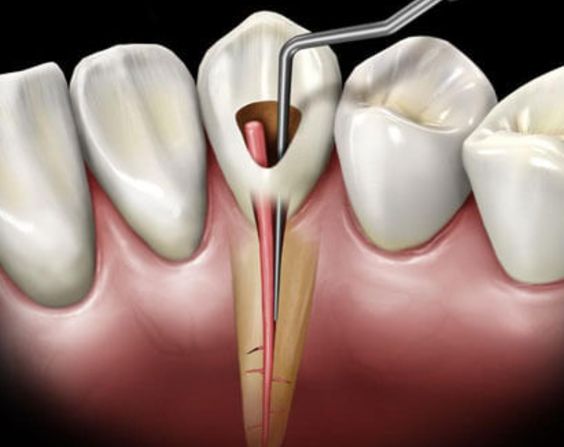Introduction:
A root canal is a common dental procedure that often evokes anxiety in patients. However, understanding the process and its benefits can significantly alleviate these fears. Contrary to popular belief, root canal treatment is designed to save a severely damaged or infected tooth, not extract it. This article aims to demystify the root canal process, explaining the steps involved and its importance in preserving your oral health.

Root canal treatment becomes necessary when the soft pulp inside your tooth, which contains nerves and blood vessels, becomes inflamed or infected. This can occur due to various reasons, including deep decay, repeated dental procedures on the tooth, or a crack or chip in the tooth. Without treatment, the infection can spread, causing pain, swelling, and even bone loss in the jaw.
What to Expect During a Root Canal Procedure
A root canal procedure is typically performed under local anesthesia, ensuring a comfortable experience for the patient. The process involves several key steps:
1. Accessing the Pulp Chamber: The dentist creates a small opening in the crown of the tooth to access the pulp chamber.
2. Removing the Infected Pulp: Tiny instruments are used to carefully remove the infected or damaged pulp from the pulp chamber and root canals.
3. Cleaning and Shaping the Canals: The dentist cleans and shapes the now-empty root canals, preparing them for filling.
4. Filling the Canals: The cleaned canals are filled with a biocompatible material, typically gutta-percha, to seal the space and prevent further infection.
5. Restoring the Tooth: A temporary filling is placed to protect the tooth. In a subsequent appointment, a dental crown is usually placed to restore the tooth's full function and appearance.





